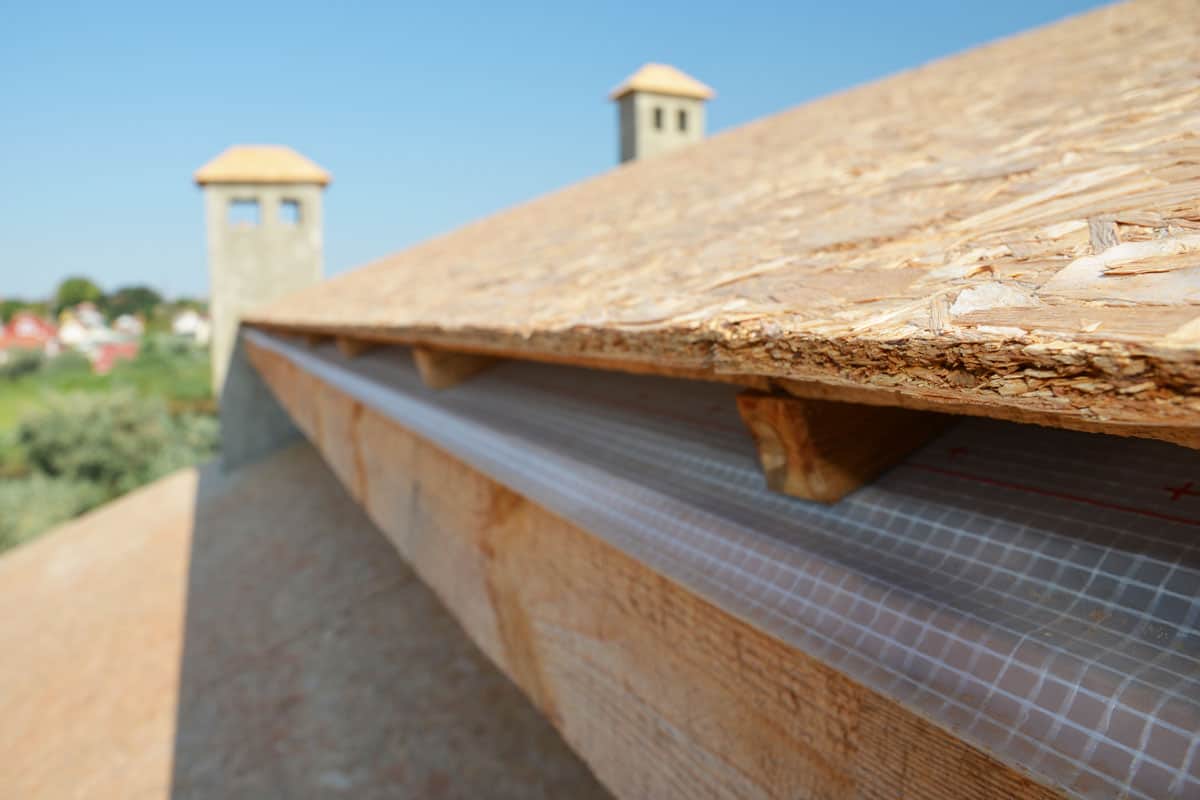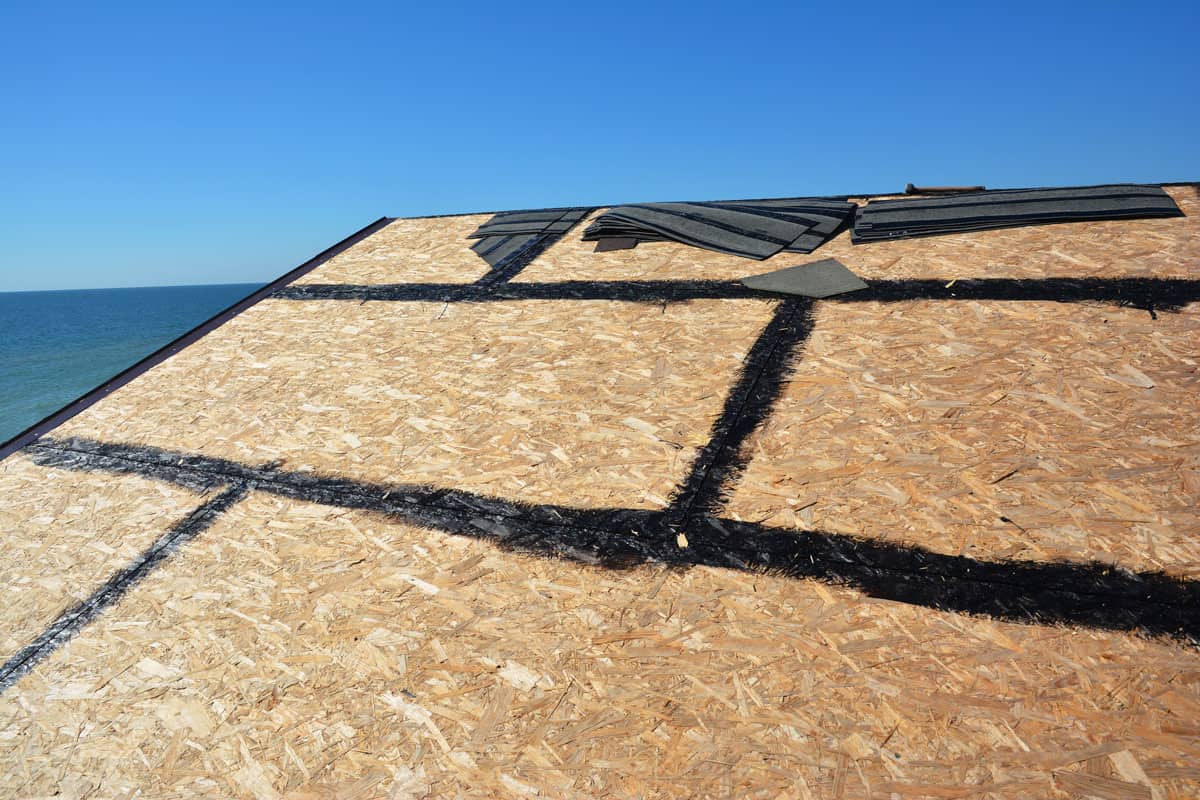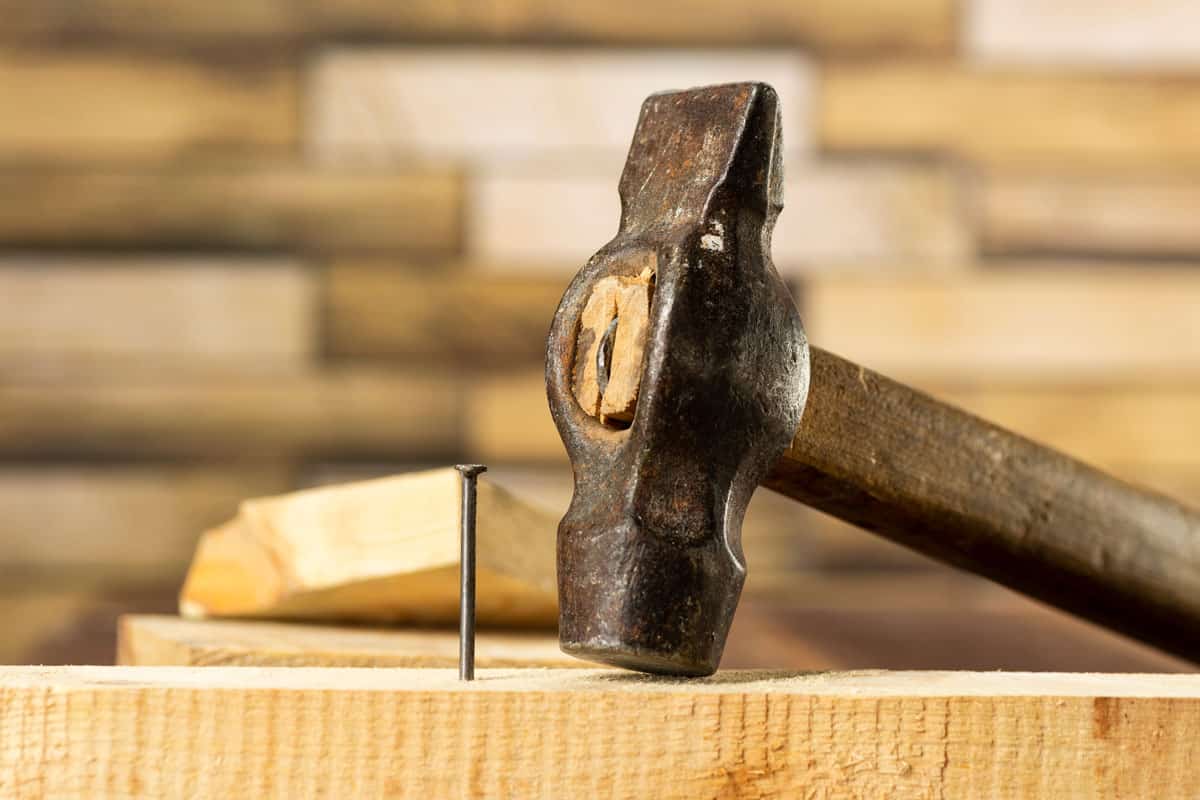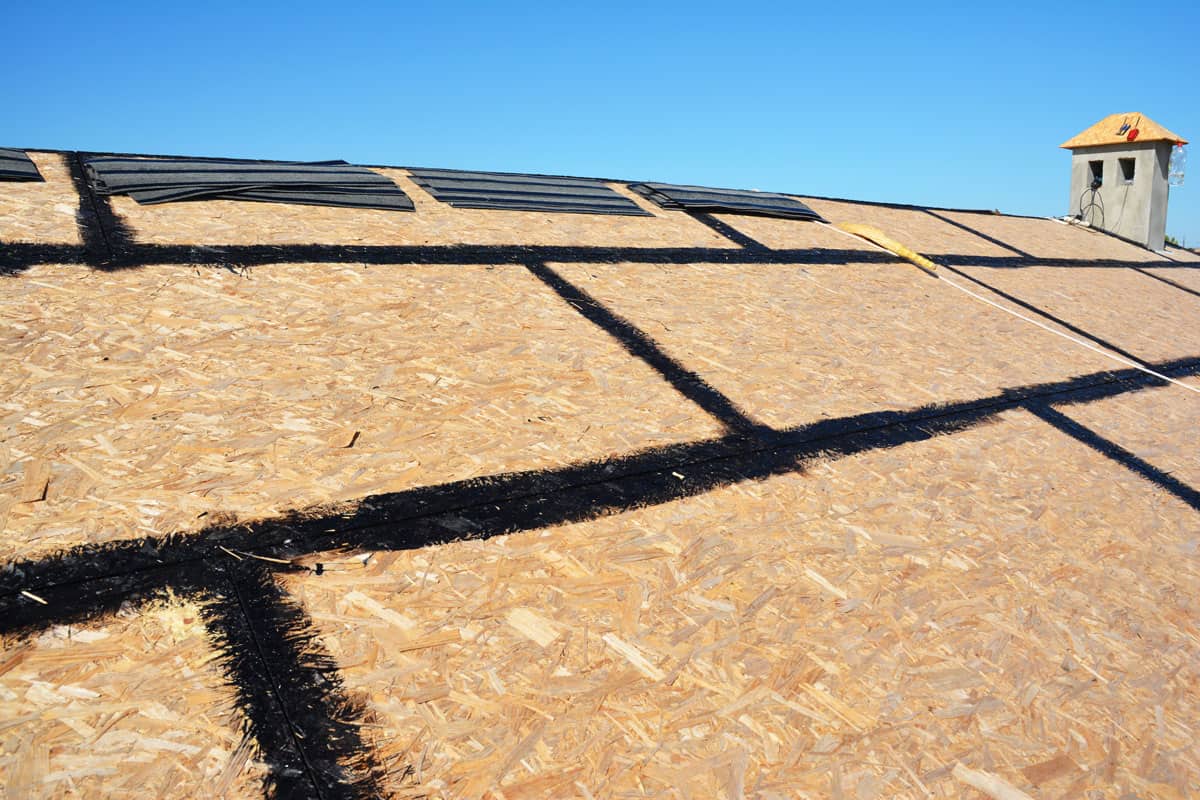In construction, using the correct roofing nail sizes is essential. Using the proper size will give you the desired results and is best for the roof structure. This post will provide you with our thoroughly researched answer about the size of roofing nails for 7/16 sheathing.
8D nails are ideal for 7/16 sheathing. This size is referred to as "8-penny" or "8d common" nails. In addition, you should select round-headed, 11-gauge galvanized steel nail material. Other roofing nail materials are equally resistant to corrosion.
If you're a DIYer and want to tackle this home roofing project, please keep reading, and let's discuss every detail of nail sizes and materials. Now that your curiosity is curbed about nail size, you might also consider leaving this job to professionals.

What Size Nail To Use For 7/16 Roof Sheathing
Just as mentioned above, a 7/16 roof sheathing will require you to use 8D nails with a length of 2.5". Depending on your project, you can utilize either smooth, ring, or screw-shank types.

In addition, if you have a 3/8" thick roof sheathing, it will require 1" nails. You can utilize 1 1/4" nails for the sheathing work if the building code necessitates it. In addition, you will have to use longer nails if the roof sheathing has thicker material to pierce through the OSB material completely.
Read more: "Can Roofing Nails Be Used For Vinyl Siding?"
Is It Okay To Use Screws For Roof Sheathing
You might also be wondering if you can use screws for roof sheathing instead of nails. Well, you can indeed use screws. Roofers prefer nails, although screws can be just as effective and more convenient in some situations.
To give you an idea of why screws are more convenient in some projects, they can provide greater control during insertion and extraction. They also have a higher tensile strength than nails do.
A high tensile strength fastener is necessary for attaching items that carry weight or are subjected to severe tension after installation. The sheathing material has a large amount of weight once you connect the roofing sheets, which makes the screws practically the better option in that area.
Nails Vs. Screws For Roof Sheathing

Incomparably, nails are still the best option compared to screws. Utilizing nails for your sheathing materials has numerous advantages, including the following:
1. Easy To Use
When installing the sheathing materials, nails will make your task faster since nailing them down is more straightforward, unlike using screws. You can utilize a nail gun or a hammer to make everything faster.
2. Outstanding Grip
Screws are just as good at grasping as nails to provide a secure hold. However, screws can't surpass shank nails when securing wood structures because shank nails have ringed shafts — like screws – unlike conventional nails with smooth shafts.
The shanks provide up to a 40% improvement in gripping capability.
3. Flexibility
Nails are more adaptable under pressure. Screws are more likely to snap than bend.
Roof Sheathing Thickness And Nail Patterns

Nails are the first step in your roof sheathing job. The next step is determining what kind of sheathing material you will use. The best nails for sheathing depend on the type and size of sheathing, the sheathing's thickness, and other characteristics.
What Is Roof Sheathing?
The number of boards used to cover the rafters and trusses of a roof is what we call the "sheathing." They are generally 4x8 planks, and roofers fasten them perpendicularly to the roof framing.
Our first goal while installing roof sheathing is to guarantee a perfectly level roof. It helps the roof support its own weight, too.
And for the most part, plywood or OSB is what creates the roof sheathing. However, most roofing contractors widely use OSB materials because it is less expensive and easier to work with than other materials. Lastly, we have a wooden board as an additional typical roofing material.
How Thick Is Roof Sheathing?
Thicknesses of 3/4" and 3/8" are the most common for roof sheathing. We can determine the thickness of the material needed by the type of project.
And to sustain additional weight, several experts, on the other hand, advocate for thicker sheathing. Note that thicker sheathing material can achieve more concrete decking and reduce sagging risk.
What Are Roof Nailing Patterns?
The pattern for nailing roof sheathing also differs based on the kind of project. To put it another way, if you reside in an earthquake-prone area, you'll have to use more nails per square foot. The same holds true in regions where severe winds are a concern.
Another factor roofers should consider is the construction codes of the area. The needs of a city or town may differ from those of another. Before making a decision, it's always advisable to check with your local building authority.
Furthermore, it would be best to space the nails at supported panel ends and edges every 6" on center and at intermediate supports every 12".
Installing Roof Sheathing
The following are some of the factors that might help you in attaching the roof sheathing properly after selecting the proper nails:
How to nail down roof sheathing panels?
8D nails are mandatory for this project. And it would be best to place these nails 12" away from each other at intermediate supports and 6" apart in the center at the ends and edges of the panels they are holding up.
Is underlayment felt necessary?
If you want to protect your roof sheathing from exposure to the elements, it would be best to apply a single layer of underlayment felt over it.
Is a flat roof easier to nail?
Make sure the surface you plan to nail is perfectly flat before you begin. After the trusses have been shimmied to correct any unevenness, you can now put a bocking to level out any slanted or twisted areas.
Ensuring that the surface is flat will allow you to nail easily, and achieve neat and properly built roof sheathing.
Is ventilation on roofs important?
It's important to follow building rules for your area and have your roof ventilated properly. Most jurisdictions provide a net ventilation space of 960 square feet for a thousand square feet of ceiling area.
On the other hand, you can bring it down to 480. It would be best to do some investigating with the local building department first before you provide roof ventilation.
Why is it important to follow the instructions of the manufacturer?
If you have any questions about how to properly install your roof, giving the manufacturer a short call is a significant first step. Doing such a thing can ask the do's and don'ts when installing a roof sheathing. Also, you can ask for additional materials to use for the installation process.
How Good Are The Different Nail Materials

All nails used for every project are commonly made from aluminum, stainless steel, galvanized steel, and copper materials. Please check the details below and find what suits your roof sheathing requirements.
What Is The Most Used Nail Material?
The vast majority of roofers decide to utilize aluminum nails for roofing construction because this material offers the best balance of quality and affordability.
Because of their low weight, aluminum nails are significantly simpler to transport than other types of nails. In addition to this, because they have a tremendous amount of rust resistance that they possess, they have an extraordinarily long lifespan.
However, aluminum nails do have some drawbacks that you should also consider. When acid is present, they become unusable, and when you expose these nails to moisture for an extended period, they soon rust. Having stated that, it would be best not to utilize them on coastal projects.
Read more: "Do Roof Bolts Rust?"
What Nail Material Is Best For Roof Sheathing?
Given the many advantages of galvanized steel, some believe that the best option for roof sheathing is to use this type of nail. These individuals are not entirely incorrect in their assessment.
Galvanized nails are highly resistant to rust not only because they are from stainless steel but also because of the zinc coating that they hold. The zinc coating provides an additional layer of strength.
In time, you should know that the zinc coating will diminish, exposing the nails to the possibility of rusting.
What Nail Is The Most Affordable?
Aluminum nails are weaker than stainless steel. In addition, stainless steel nails also have a long lifespan. They are also the same as aluminum nails when it comes to their resistance to corrosion but cost less. Using them would be best, especially if you are looking for affordable sheathing nails.
Carbon footprint is stainless steel nails' one and only issue. Steel is recyclable yet complex to create. Lastly, these types of nails are hefty.
What Is The Most Durable Nail Material?
We consider copper nails to be a far more superior option than galvanized nails for any roofing task. The primary reason for this is that copper is far more durable than any of the alternatives listed above.
After installation, the nails have a potential lifespan of more than a century. Copper nails are also simpler to detach, and you can do it without causing any harm to the material.
Unfortunately, copper is the most costly of all the materials we have mentioned. As a consequence, roofing contractors mostly use this only in unique endeavors, like the construction of slate roofs, which generally continue to be functional for more than ten years.
Wrap It All Up

If you are going to perform a DIY fix or build a roof, it would be best to note and follow everything about roof sheathing and nail sizes we provided you in this post. Doing so will make your project achieve durability and success.
Thank you for finishing the article. If you still have questions we haven't discussed, you may leave a comment, and we'll get back to you.



